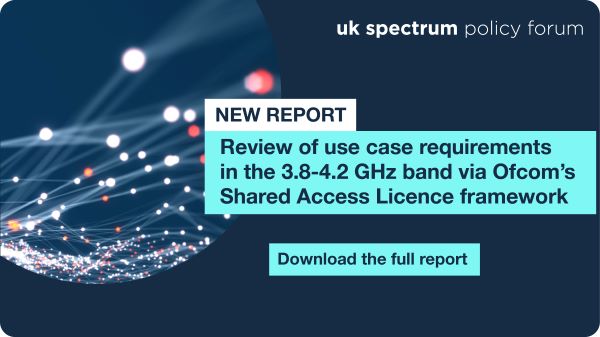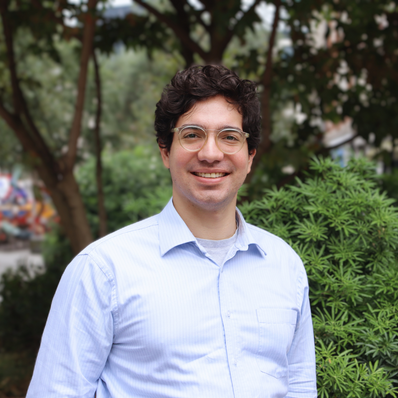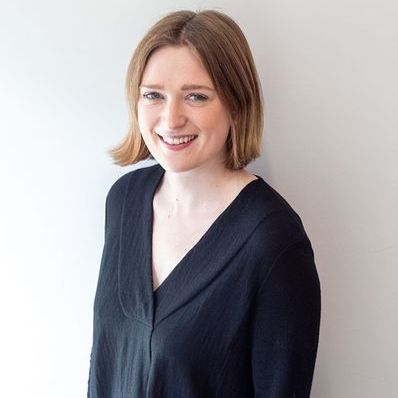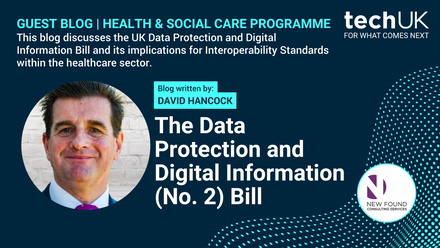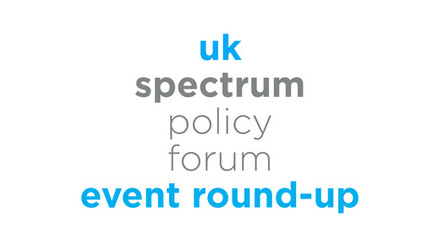UK SPF October 2023 Plenary Round-Up
The UK SPF hosted the UK SPF Plenary publicly releasing the report on use case requirements in the 3.8-4.2GHz band.
In this independent report, Analysys Mason reviewed Ofcom’s SAL framework. The objective was to evaluate the future development of technology through the roll out of 5G network in the 3.8-4.2GHz band.
Regional perspectives on connectivity
The Plenary counted with valuable presentations from members of the European Commission, BMSL, Ofcom, and SA Catapult. It began with a overview of the Shared Rural Network objectives to improve mobile connectivity in rural areas.
In numbers, the project counts with over £1 billion in government investments to improve 4G coverage. It aims at reducing the digital divide between urban and rural areas, as well as minimising carbon footprints by sharing infrastructure. By the end of 2025, a combined coverage of 95% is projected to be delivered, followed by a Total Not Spot Areas by early 2027.
The Plenary also counted with a walkthrough of results of the exploratory consultation on the 'The future of the electronic communications sector and its infrastructure,’ as well as the European Commission’s recent statement and workplan.
During the exploratory consultation four main questions were raised:
- Integration/harmonisation in spectrum management: majority of respondents welcomed more integration and harmonisation though not unanimously.
- Common EU-level schemes: majority of respondents were in favour of common EU-level authorisation schemes. Respondents also pointed out the complexity of any such scheme, as well as risks and efforts due to national policies and contexts.
- EU sovereignty: aims at an inclusive approach on the CEPT level to ensure member states act with a common voice.
- Interferences: large majority of respondents agreed to address 3rd-party interference at EU level.
It is worth noting that the work program set out in the indicative calendar is non-binding on the Commission and offers a comprehensive view over the future of satellite communications and 6G broadband.
The report on use cases in 3.8-4.2GHz band
Analysys Mason offered their final presentation on how the 3.8-4.2GHz band is currently used in the UK.
Currently, there are a little under 674 Shared Access Licences (SALs) in the UK, of which over half are in rural areas and mostly are medium-power licences.
Since 75% of uses are at maximum strength available, key recommendations include improving the technological conditions for the SAL framework and allowing applications for medium-power licenses in non-rural postcode areas.
Ofcom expressed their views, reflecting on use cases and demand for SAL. Present numbers were introduced as a breakdown of low/medium-power licences uptake and demand by frequency band. The audience was presented with a run through of the post call for input analysis, which recognised the role of existing users in the 3.8-4.2GHz band. It also illustrated the challenges for spectrum coordination and management.
It ensued a presentation on the relevance of spectrum to the satellite sector. SA Catapult contextualized the debate, explaining that the impact of spectrum and the constant increase in new use cases of satellite services in every aspect of society enhances the pressure of demand and supply.
Although non-terrestrial networks (NTN) are becoming a cheaper potential solution to terrestrial network demand, there are still challenges regarding spectrum. Standardisation is critical to ensure devices are actually compatible with satellites. Another matter is the use of C-band and NTN compatibility, which would benefit from harmonized regulations, as spectrum policy is a growing part of industrial strategy.
The Plenary was closed after updates from the Steering Board and Clusters chairs on upcoming events and opportunities.
If you have any questions or comments, please contact the team below.


